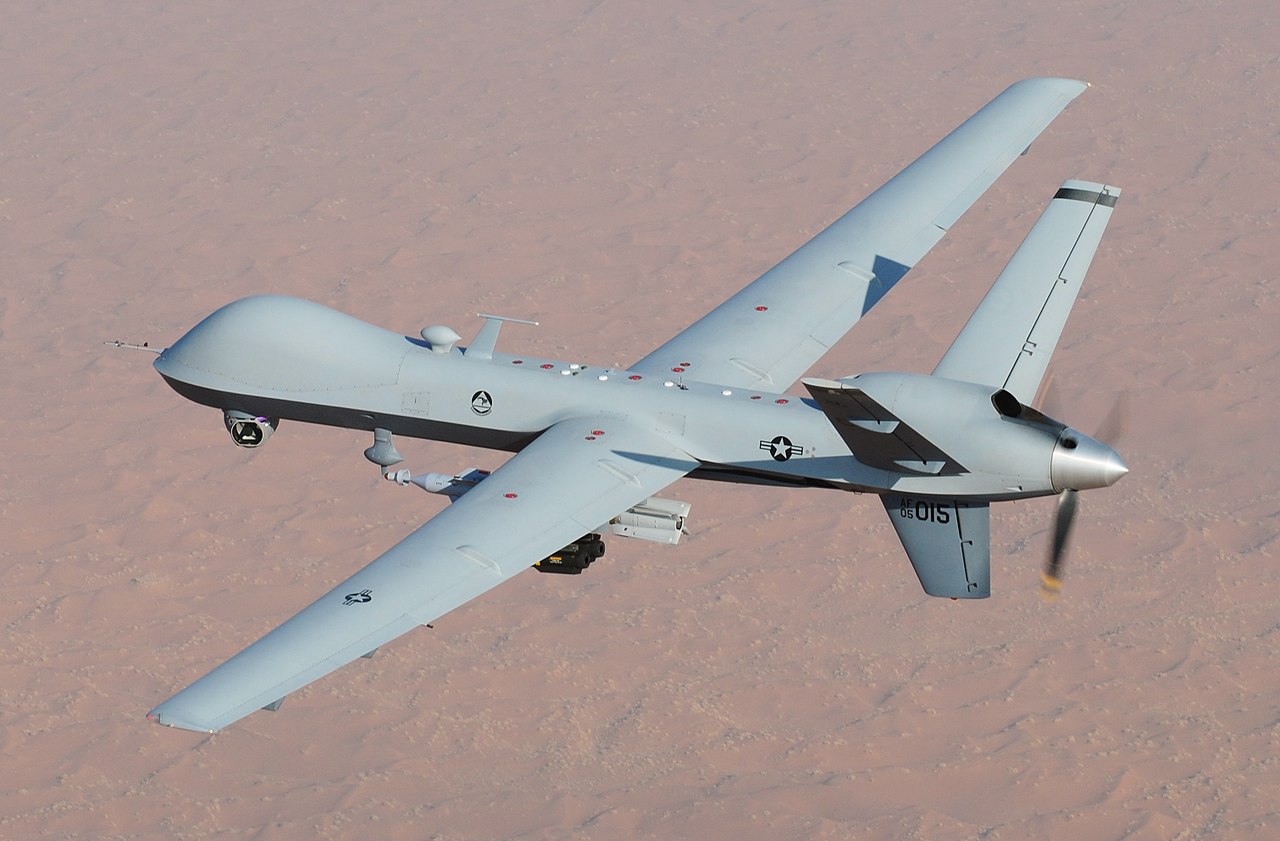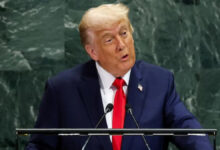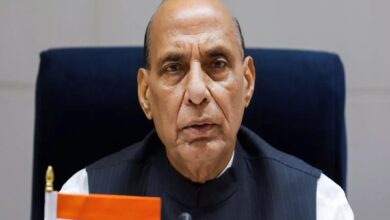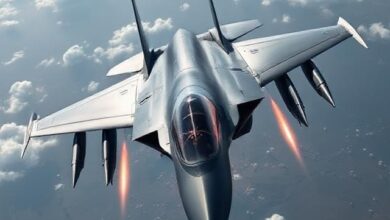India And US Nearing Deal On MQ-9B Predator Drones For Early Next Year

- India and the US signed the Basic Exchange and Cooperation Agreement (BECA) in October 2020.
- The pact lets the two countries share advanced military technology, transport plans, and maps of the earth's surface.
People who know about the situation say that India hopes to finalize a historic deal with the US to buy 31 MQ-9B Predator long-endurance armed drones through a government-to-government framework by March. The US Congress is expected to approve the supplies in the next few weeks.
They said that the last round of talks between the US and Indian governments on the purchase will happen after Washington responds to India’s Letter of Request (LoR) to buy drones from the US defense giant General Atomics (GA).
As part of its plan to improve its military surveillance, India is buying long-range “hunter-killer” drones to be used along the Line of Actual Control (LAC) with China.
The price of the drones will be set during the negotiations, but it is thought that the whole process will cost around 3 billion USD.
The people who were quoted above said that New Delhi and Washington will send their own teams to finalize the deal, which will include working out the details of the cost and other small things.
They said the deal should be finalized by March of next year.
The agreement will be made between the Indian government and American authorities as part of the plan. The Pentagon will then tell General Atomics what the Indian armed forces need, they said.
It is known that India’s plans to buy drones came up in talks between US Defense Secretary Lloyd J. Austin and his Indian counterpart Rajnath Singh in Delhi earlier this month.
When asked at a press briefing when the deal would be finalized, Austin said it would be made public at the right time.
“Well, again, you know, we’ll make the deal public when the time is right.” “I think the government and its officials are doing everything they can to make sure that you (India) get that capability as soon as possible,” he said.
On June 15, Singh led the Defense Acquisition Council and gave the go-ahead for the purchase of 31 MQ-9B drones from the US through the foreign military sale (FMS) route. This is also known as the Acceptance of Necessity (AoN).
Both sides also came to an agreement in June that says American aerospace giant General Electric will work with Hindustan Aeronautics Ltd to make jet engines for Indian military planes in India.
The Sea Guardian drones are being bought by all three services because they can do many things, such as maritime surveillance, anti-submarine warfare, and targeting from over the horizon.
The Indian Army and the Indian Air Force will each get eight Sky Guardian drones. The Navy will get fifteen Sea Guardian drones.
The long-endurance, high-altitude drones can stay in the air for more than 35 hours and carry four Hellfire missiles and about 450 kg of bombs.
GenAtom leased two MQ-9B Sea Guardian drones to the Indian Navy in 2020 for one year so they could keep an eye on things in the Indian Ocean. After that, the lease period was extended.
During their more than 50-minute conversation outside of the G20 summit in Delhi, Prime Minister Narendra Modi and US President Joe Biden promised to “deepen and diversify” their major defense partnership. They also welcomed progress in India’s plans to buy 31 drones and work together to make jet engines.
In the last few years, India and the US have been working together more on defense.
The US called India a “Major Defense Partner” in June 2016, which made it possible for the two countries to share important military technology and equipment.
In the past few years, the two countries have also signed several important defense and security agreements. For example, in 2016, they signed the Logistics Exchange Memorandum of Agreement (LEMOA), which lets their militaries use each other’s bases to repair equipment and restock supplies.
The US and India also signed the COMCASA (Communications Compatibility and Security Agreement) in 2018. This agreement lets the two militaries work together and allows the US to sell high-tech equipment to India.
India and the US signed the Basic Exchange and Cooperation Agreement (BECA) in October 2020. This agreement will strengthen defense ties between the two countries even more.
The pact lets the two countries share advanced military technology, transport plans, and maps of the earth’s surface.






Facebook Comments